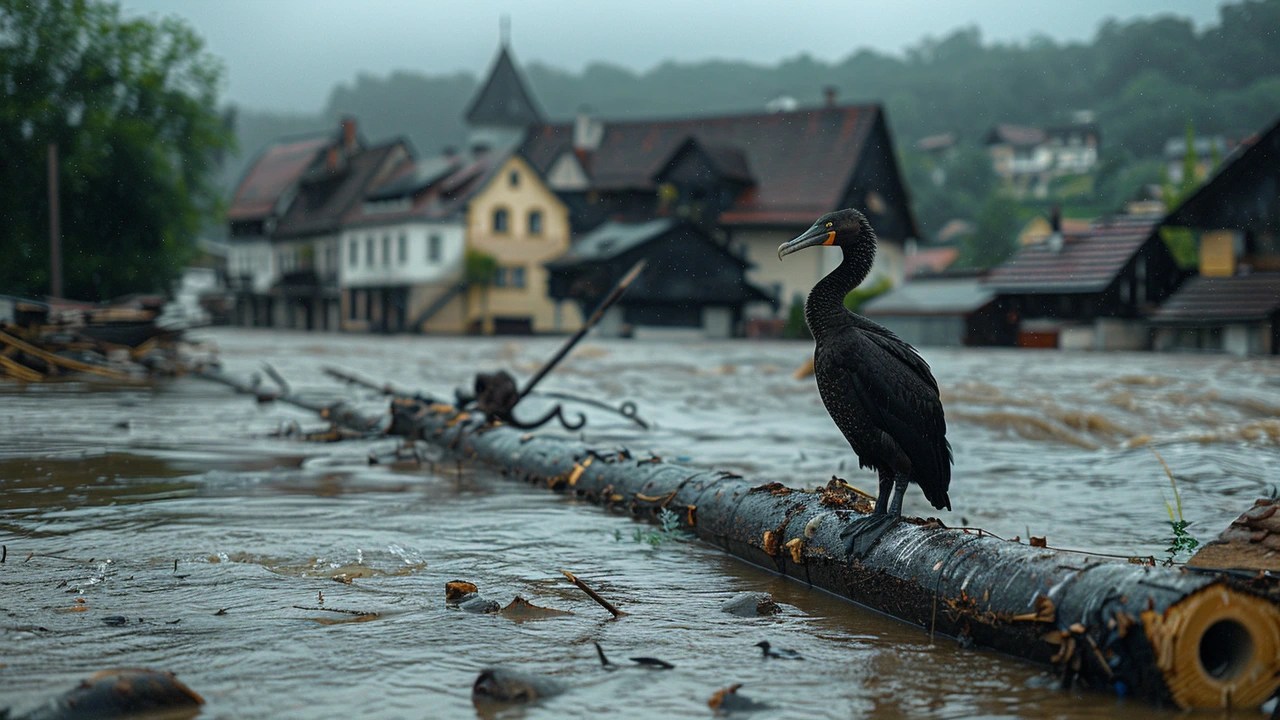Floods: Africa News, Impacts and Safety Tips
Floods hit communities across Africa every year, often with little warning. They wipe out homes, crops and roads, and leave people without clean water. If you live near rivers, lowlands or poorly drained towns, you need clear, practical steps to stay safe and recover fast.
How floods happen and where to watch
Heavy rains, tropical storms and cyclones cause most floods. Rivers break banks after long wet seasons, while sudden cloudbursts create flash floods in cities. Human factors make floods worse: blocked drains, removed vegetation and houses built on flood plains. Coastal floods can come from storm surges and rising seas.
Where to watch: seasonally flooded regions in West and Central Africa, East African highlands, and southern coastal areas see the most cases. Urban areas with poor drainage are at high risk during short intense storms. Check local meteorological services, community alerts, and trusted news like CottonCandi News for up-to-date warnings.
What to do: before, during and after a flood
Before a flood, prepare a simple kit. Include bottled water, canned food, a torch, spare phone battery, copies of documents and basic medicine. Know two escape routes from your home and decide on a family meeting point. If possible, move valuables to higher shelves and disconnect electricity before water reaches sockets.
During a flood, move to higher ground and avoid walking or driving through flood water. Six inches of moving water can knock you down, and a foot can sweep a car away. If you must leave, follow official instructions and don’t wait for rescue teams if you’re in danger. Watch out for fallen power lines and floating debris.
After a flood, treat water as contaminated. Boil water or use purification tablets before drinking. Take photos of damage for insurance or relief claims. Wear gloves and boots while cleaning to avoid cuts and infections. If the building smells of gas, leave immediately and report it. Contact local health services if anyone shows signs of infection or waterborne illness.
Community action matters. Simple steps like clearing drains, planting trees in catchment areas and building raised shelters reduce harm. Local early warning systems and better land planning save lives, but they need funding and local volunteers to work well.
Follow local updates, prepare a basic emergency plan, and help neighbours who might not be able to prepare themselves. Floods are often sudden, but a few practical actions can cut risk and speed recovery.
Check your insurance and know how to claim. Many local policies don’t cover flood damage, so ask your provider what is included. Keep digital copies of IDs and property records off-site. If you are eligible for government relief or NGO aid, register quickly — some programs have short deadlines.
Protect livestock and crops when possible. Move animals to higher ground, stack hay on pallets, and store seed and feed in watertight containers. Small sandbag walls at doors and drains reduce water entry. Community sheds for seeds and tools speed recovery and families.



